Wide-Field Scanning Electron Microscopy
Stereo Scanning Electron Microscopy




Imaging
3D Printing
Publications
News
Gallery
Contact
Team
Research
Cornell’s Wide-Field Electron Optics Laboratory specializes in the development of new Scanning Electron Microscopy imaging techniques for the high-throughput structural and compositional analysis of hierarchically ordered biological materials and synthetic constructs.


















